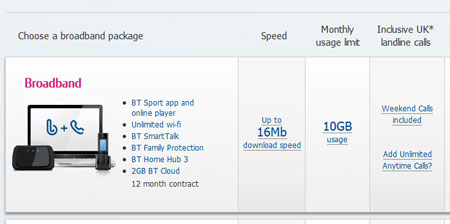6. Broadband
There are various technologies available to make an Internet connection.
For example early modems used very slow analogue methods. The highest speed they could achieve was around 56 kilobits per second. Many people in rural areas still have to use these modems because they cannot get a better connection.
To overcome this slow speed, digital technology was developed, such as ISDN. This offered 64 to 128 kilobits per second. But it was fairly expensive and so only businesses took it up.
Then around the year 2000 a new service was launched called broadband or ADSL as it is known. (Short for Asynchronous Digital Subscriber Line).

ADSL is a digital technology offering speeds from 1 Mbit/s to 100Mbit/s, with the most common speed today being around 4 Mbit/s.
The speed is mainly set by the limitation of your local connection from house to exchange. This author lives in a country village where 2Mbit/s is the best that can be acheived. On the other hand someone living in a city with a fibre-optic connection can take advantage of ISPs offering 50Mbit/s.
This speed limit is a form of 'digital divide' that depends on where you live - see also the mini web on digital divide.
Challenge see if you can find out one extra fact on this topic that we haven't already told you
Click on this link: Broadband providers
